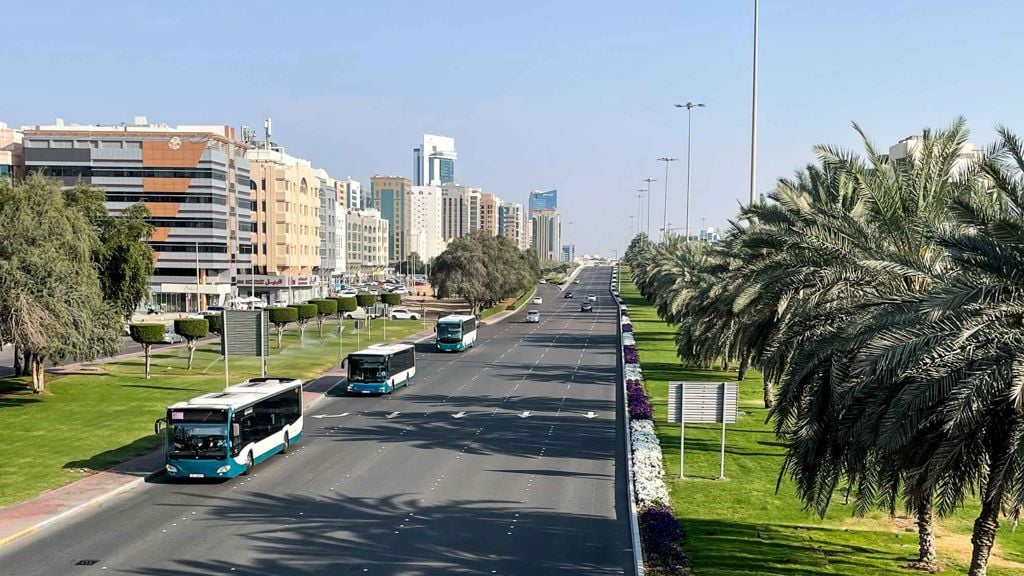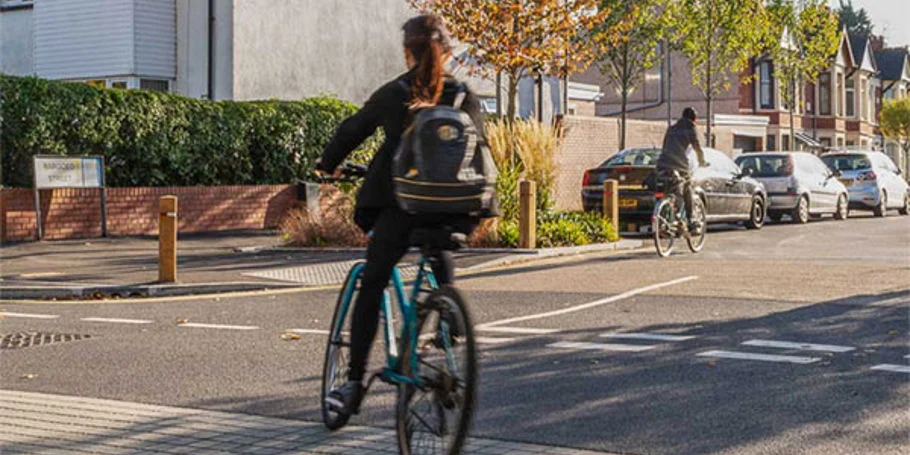Using parametric modelling to develop a data-driven transit redesign for Boston
MBTA Bus Network Redesign

What we delivered
-
Initiating a parametric design system to rejuvenate Boston’s regional transit system
-
Analysing human generated data to create an equitable, flexible and responsive bus network aligned to the future needs of Massachusetts
-
Future proofing the Greater Boston Region to allow for economic, environmental and social development
-
Submarkets
-
Services used
Get in touch with our team
As with many American cities, the transit network of the Greater Boston Region follows trolley lines laid down in the early 20th century. As the area evolves into a 21st century city, the Massachusetts Bay Transportation Authority (MBTA) recognised the need for a comprehensive redesign and reorientation of the entire system.
With multiple municipalities making up a region, transit funding and decision making is often segmented. The resulting piecemeal improvements create a patchwork of transit conditions that complicate region-wide travel.
Modern planning techniques for a modern transit system
For Boston’s long over-due comprehensive bus network redesign, Arup used a parametric modelling process, unprecedented in transit planning. This data-driven approach supported an exhaustive redesign to bring better bus services to hundreds of thousands of residents and drive social and economic change across the region.
In 2018, the MBTA engaged Arup, Cambridge Systematics and Regina Villa Associates for a planning study and a network redesign to provide more equitable transit access. They wanted an unbiased, data-driven process to enable a complete redesign of a system that serves more than 50 cities and towns and 400,000 riders each day.
Reevaluating the traditional planning process
The magnitude of the enterprise and the MBTA’s data-driven expectations led Arup to take the unprecedented approach of using a parametric model. This process enabled our team to comprehensively evaluate millions of trips across the region to create data sets aligned to MBTA goals to produce the best possible combination of routes for its bus network. The volume of data covered by the parametric model would have been impossible to replicate using a conventional planning approach.
The resulting Bus Network Design is an exhaustive reimagining of the MBTA bus network that increases bus services by 25% and brings a high-frequency service to hundreds of thousands of people, including new access for 115,000 residents of colour and 40,000 low-income households. Following public input in summer 2022, the new network will be implemented in several phases from spring 2023 to 2028.
Bus transport at the heart of the Boston system
Buses are a critical mode of transit for Greater Boston. During COVID-19, the region’s bus ridership proved to be more durable than any other mode, a common trend in many major US cities. Ranked the eighth bus system in the US by ridership, the MBTA is one of the largest networks to commit itself to a comprehensive transformation.

Redesign for regional impact expanding transit access and reducing emissions
The agency had two main goals for the redesign: prioritising equitable access for the people who rely on buses most to ensure the residents of these transit-critical communities have better access to jobs, education, and essential services, and enabling the network to better compete with drivers. This dual approach would reduce energy consumption and emissions, address traffic congestion, and respond to changing work patterns where peak bus service is less relevant while all-day service is in demand.
Technology-empowered analytical approach to aid transportation planning
Our application of parametric modelling meant we had to pioneer standards and definitions to guide data input. We wanted to know what constitutes an acceptable commute and how close do routes need to be to key attractions and commerce centres. In other words, how might a “busable” route for Boston best be defined?
Our study was comprehensive, from assessing the grades of streets to make sure buses could ascend them, to detailed statistical research on the combinations of networks we needed to analyse to find the best possible solution before diminishing returns set in.
In-depth, inclusive data sets
We gathered significant data inputs, including trips taken across all modes of travel in the region. We analysed location-based data for transport on each day of the week, gaining new insights into travel patterns for minority and low-income populations, groups that have traditionally been under-represented in decision making.
We examined origin-to-destination data to capture the realities of travellers using combined transit or transferring multiple times, collecting data on 90 million trips for our parametric model.

Data-driven design for the most efficient result
Parametric modelling uses computer decision-making, removing human influence from the analysis. It enables a data-driven design approach to guide an objective, goal-focused process and solution.
Once the data was entered, the model utilised a series of rules to identify the best connections and iteratively evaluated and refined the results to create a network. This process was weighted by the MBTA’s key objectives, enabling the model to filter and rank bus networks.
These filters refined potential routes according to trip distance and duration, connection to rapid transit, and the ability to connect residential and commercial areas. Equity and access were prioritised throughout the analysis.
Our model generated and evaluated 14 million connections, reducing these 92,000 routes and creating over 100,000 network combinations which we scored and refined over the course of 12 weeks—a timeframe and task unachievable by any other means.
An evolving network for an evolving region
The new bus map for Greater Boston will behave as a coherent system, enabling the MBTA to do more with defined resources. The plan provides improved clarity around trade-offs, allowing the agency to make more informed decisions. Significantly, it allows the MBTA to leverage transit for foundational regional change and equitable economic development.
The MBTA wanted an adaptable process to use as conditions evolve, and Arup provided it. This enables the MBTA to react to new travel data or new parameters and refine the network organically, rather than making disconnected local fixes or waiting decades for another comprehensive redesign.
The MBTA’s desire for a more regular understanding of conditions signals a significant shift in the planning process. Parametric modelling enables this with a human-centred and data-driven approach to planning that is more flexible and responsive to social, demographic and economic needs.
Projects
Explore bus network projects

Improving the sustainability, efficiency and usability of Metro Manila's bus service
Formulating ‘quality bus’ corridors in Manila, Philippines

Transforming the UK bus sector
Bus Back Better, United Kingdom

Developing a bus masterplan that enables growth and cuts carbon in Abu Dhabi
Bus masterplan for the Emirate of Abu Dhabi, United Arab Emirates

Developing an integrated PV microgrid to power the electric bus fleet of the future in Maryland
Brookville Smart Energy Bus Depot, United States of America
Get in touch with us
If you'd like to speak to one of our roads and streets experts about any of the issues raised on this page or a potential collaboration then please get in touch by completing the form.

